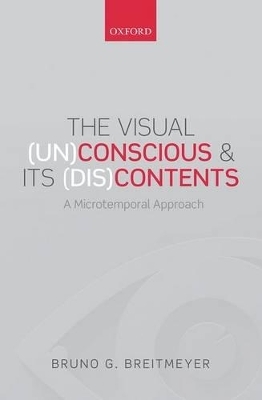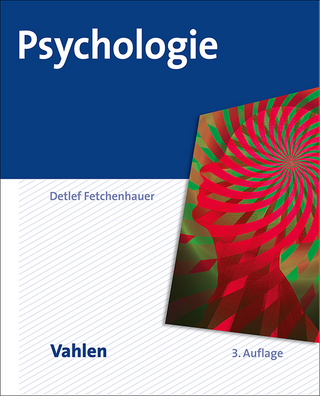
The Visual (Un)Conscious and Its (Dis)Contents
Oxford University Press (Verlag)
978-0-19-871223-7 (ISBN)
Visual control of our actions can be unconscious as well as conscious. For example, when a pedestrian steps onto a street and then suddenly steps back, to avoid being hit by an oncoming car, the pedestrian's visual system has been able to detect the car very rapidly. Since the registration of the approaching car in conscious vision could take a few hundreds of milliseconds - possibly too long to avoid being struck by it, the rapid injury-avoiding action has relied on the oncoming car being detected at unconscious levels in the visual system. So how, and at what level in the visual system is a stimulus processed unconsciously?
This book explores unconscious and conscious vision, investigated using psychophysical and brain-recording methods. These methods allow microtemporal analyses of visual processing during the interval, ranging from a few 10s to a few 100s of milliseconds, between a stimulus's impinging on the retinae and its eliciting a behavioral response or a conscious percept. By tying these findings to well-known neuroanatomical and physiological substrates of vision, the book presents and discusses theoretical and empirical approaches to, and findings on, conscious and unconscious vision.
In addition to presenting an in-depth, integrative review of recent and ongoing scientific and scholarly research, the book proposes several avenues for directing future research in these areas. It also provides a well articulated theoretical and a detailed empirical base that points to the special importance of the processing of surface properties of visual objects to their conscious vision.
Aimed at scientists and scholars in visual cognition, visual neuroscience and, more broadly, cognitive science - including that part of the philosophical community that is currently occupied with the mind-brain problem, the book sheds new light on and advances experimental, philosophical, and scholarly research on visual consciousness.
Professor Bruno Breitmeyer is affiliated with the Department of Psychology and the Center for Neuro-Engineering and Cognitive Science at the University of Houston. He was born and raised until the age of 10 in Hildesheim, Germany where he was schooled at the Gymnasium Josefinum. In 1957, his family emigrated to the USA. In 1968, after receiving his BA magna cum laude in mathematics at the University of Illinois, Urbana-Champaign, he began his studies in experimental psychology at Stanford University, where he received his PhD with distinction in 1972. In 1972 he joined the faculty at the University of Houston. From 1973 to 1974 he was a member of Bela Julesz's vision research group at the Bell Telephone Laboratories, Murray Hill, New Jersey; and from 1976 to 1977, with support of an Alexander von Humboldt fellowship, he collaborated with Lothar Spillmann at the Neurological Clinic, Freiburg University, Germany.
Preface ; 1. Introduction ; 2. Conceptual and Methodological Issues ; 3. Microtemporal Analyses of Object Perception ; 4. Contours and Surfaces: Why visual consciousness is "superficial" ; 5. Functional Hierarchy of Unconscious Object Processing ; 6. The Dorsal Pathway's Contribution to Perception and Top-Down Influences on Processing in the Ventral Pathway ; 7. Visual Consciousness of Things Past ; 8. Consciousness and Attention: Partners but not equals ; 9. Some Psycho-Philosophic Assessments ; 10. Epilogue: Reflections on consciousness and realism ; References
| Verlagsort | Oxford |
|---|---|
| Sprache | englisch |
| Maße | 160 x 234 mm |
| Gewicht | 390 g |
| Themenwelt | Geisteswissenschaften ► Philosophie |
| Geisteswissenschaften ► Psychologie ► Allgemeine Psychologie | |
| Geisteswissenschaften ► Psychologie ► Test in der Psychologie | |
| Geisteswissenschaften ► Psychologie ► Verhaltenstherapie | |
| Naturwissenschaften ► Biologie ► Humanbiologie | |
| Naturwissenschaften ► Biologie ► Zoologie | |
| ISBN-10 | 0-19-871223-5 / 0198712235 |
| ISBN-13 | 978-0-19-871223-7 / 9780198712237 |
| Zustand | Neuware |
| Informationen gemäß Produktsicherheitsverordnung (GPSR) | |
| Haben Sie eine Frage zum Produkt? |
aus dem Bereich


